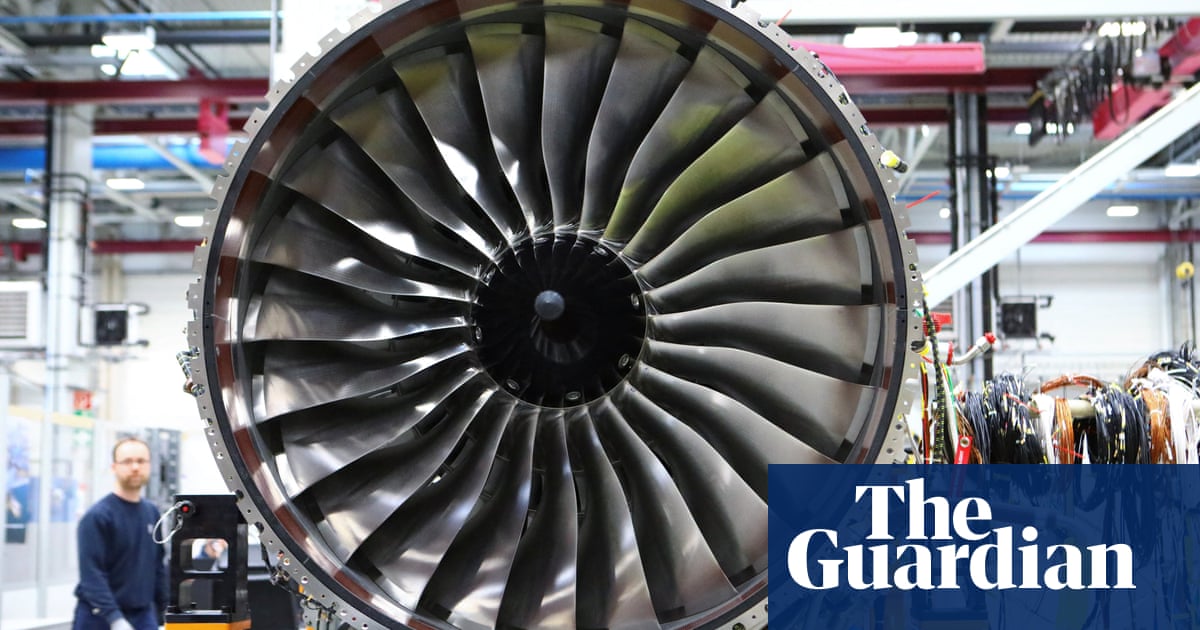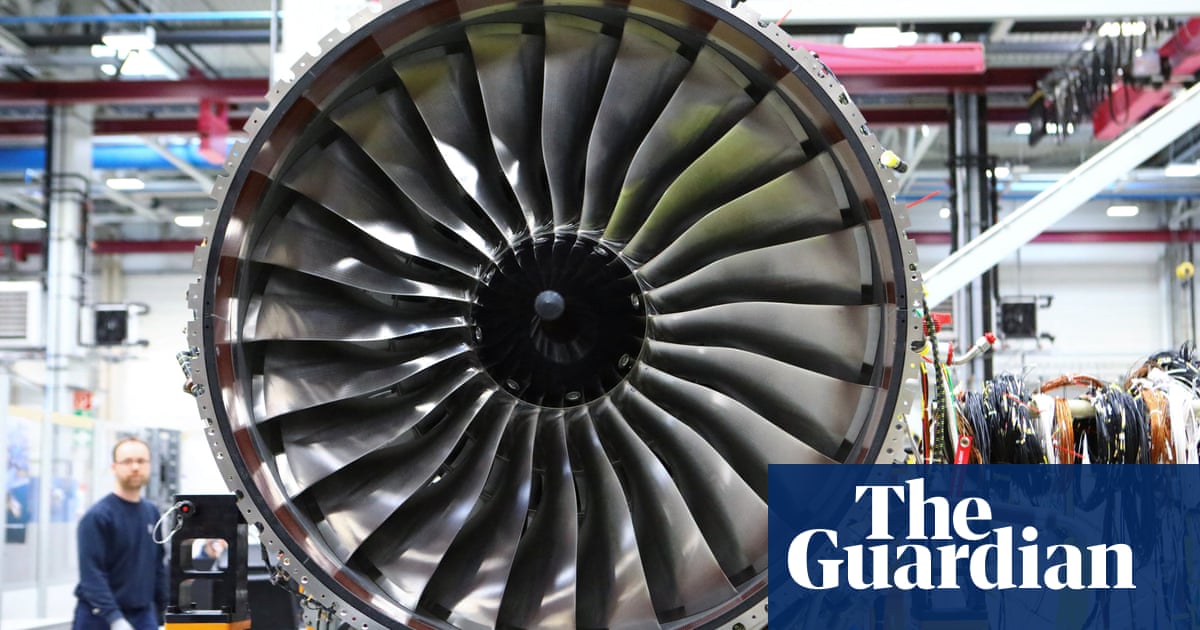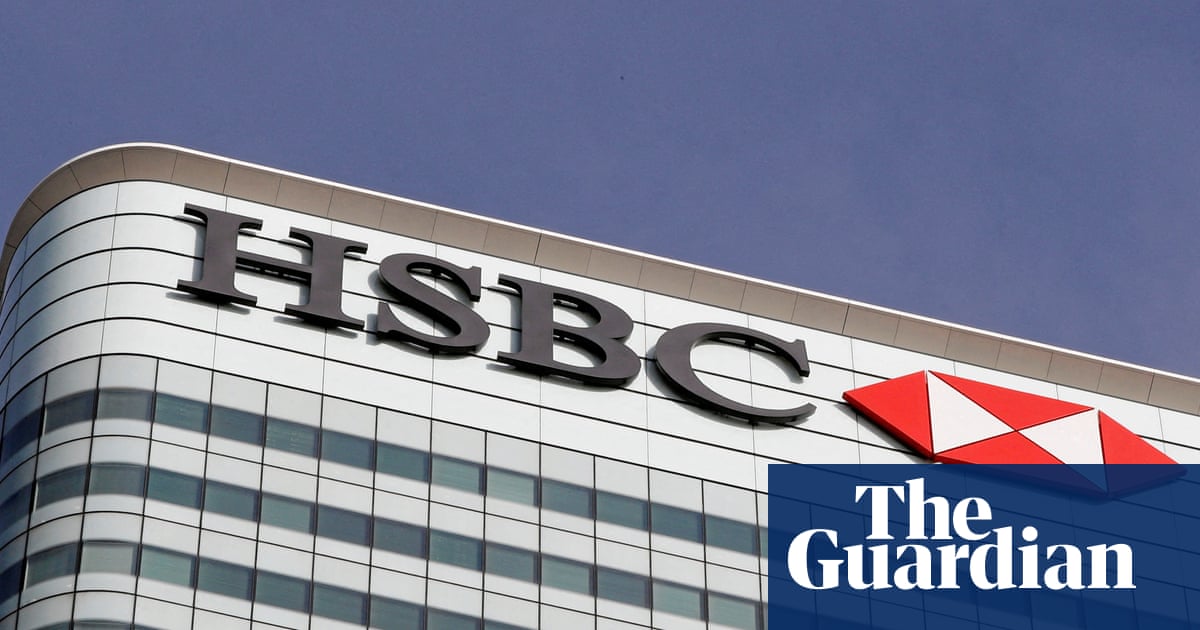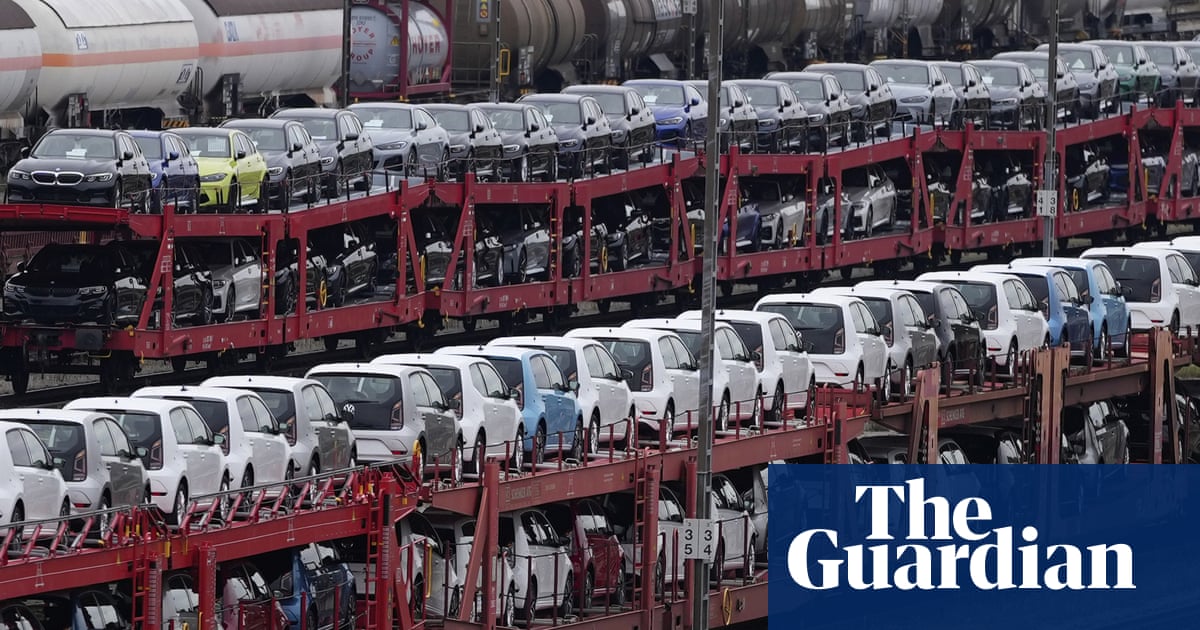
The British aerospace and defence company Rolls-Royce has more than doubled annual profits, as it cut costs and reported record-breaking orders amid mounting military tension around the world.
Shares in the company increased by almost 8% after it exceeded expectations for its turnaround programme under its chief executive, Tufan Erginbilgic, who had described the company as a “burning platform” when he took over last year.
The company said it was “well under way” with plans to increase profitability by making savings, including plans to cut up to 2,500 jobs by the end of next year.
Analysts also attributed improved performance in its defence business to the increasingly unsettled political backdrop, a day after the arms maker BAE Systems posted higher profits amid the Ukraine and Israel-Gaza wars.
Rolls-Royce reported profits of £1.6bn for 2023, compared with £652m in 2022.
Alongside cost savings, the aerospace engineering specialist reported better than expected revenues, which increased by 22% to £16.5bn as sales rose in its main transport, combat and submarine markets.Rolls-Royce said engine flying hours – an important performance measure for the group – recovered to 88% of the levels in 2019 before the Covid-19 pandemic and were up 36% year on year.
It added that large engine orders were the highest they had been since 2007 and forecast that large engine flying hours would bounce back to – or even surpass – pre-pandemic levels in 2024.
The company said its defence order book had reached a record £9.2bn by the end of the year, bolstered by contract awards for the Aukus submarine defence agreement between Australia, the UK and the US.
Sales also rose in its combat division, thanks to increased production of its new F130 engines for the US air force’s fleet of B-52 bombers, coupled with its work on the global combat air programme.
GCAP is a cooperation between the UK, Italy and Japan to build a next-generation stealth fighter, which will be known as the Tempest in the UK and is slated to replace the Royal Air Force’s Eurofighter Typhoon from 2035.
Russ Mould, the investment director at the stockbroker AJ Bell, said Rolls-Royce was benefiting from an improved outlook as countries prioritised military spending “thanks to heightened global tensions”.
He said this, coupled with cost cuts under Erginbilgic, justified Rolls-Royce’s prediction that underlying earnings would rise to between £1.7bn and £2bn in the year ahead.
The company said it had already achieved about £150m of its £400m to £500m cost savings target announced in October, when it revealed that between 2,000 to 2,500 roles would go as part of the plans.
Speaking to the Guardian, Erginbilgic said the company was no longer the “burning platform” he described it as upon taking the job.
“We had a competitive gap. We are closing the competitive gap. We weren’t generating cash or profit. We have record cash. We have a lot more to do but given our transformation actions, we’ve made very good progress,” he said.
Erginbilgic gave an example of how the company had improved cash generation under his leadership, saying that Rolls-Royce had previously written off a £100m debt to an unnamed airline affected by Covid but now expected to recoup the sum.
He has set targets for the company to reach by 2027, including operating profits of between £2.5bn and £2.8bn. He said the company may now meet these targets ahead of schedule and also hoped to restore the dividend, after bringing down debt levels “in the near term”. Shareholders last received a payout in 2019.
However, Rolls-Royce cautioned that supply chain challenges would continue for up to another two years. It also flagged pressures from geopolitical uncertainty and inflation.
Rolls-Royce, which employed 42,000 people before the latest round of job cuts, said in October it planned to remove “duplication” and deliver cost efficiencies through the latest stage in its transformation plan.
The plans include creating a new procurement division to reduce costs by leveraging the group’s scale, with aims to slash those costs by £1bn. It also said some back-office operations, such as human resources and finance, would be brought closer together.












